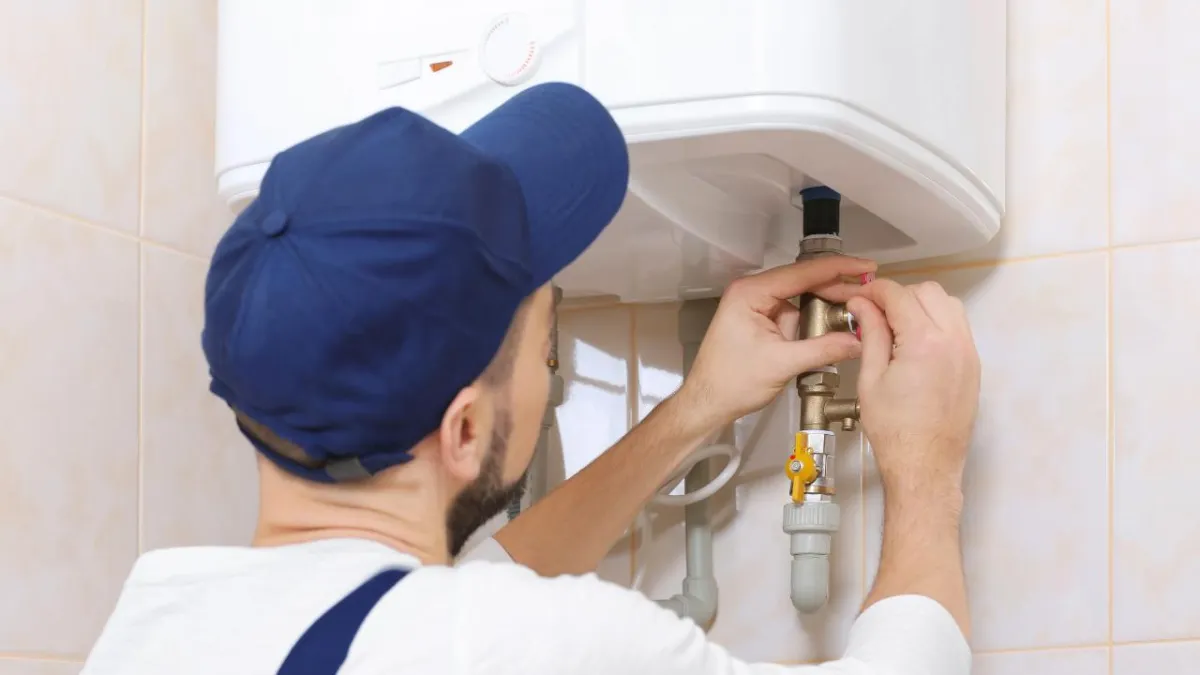
Common Water Heater Problems and How to Fix Them
A water heater is one of those home appliances you barely think about—until it stops working. Suddenly, you’re left with cold showers, unwashed dishes, and a lot of frustration. The good news is, most water heater problems have straightforward fixes. Whether your unit is gas or electric, knowing what’s wrong can help you decide if it’s a DIY job or a call to a pro.
1. No Hot Water
This is the most obvious sign something’s off. If you have an electric water heater, a tripped breaker or a failed heating element might be to blame. For gas models, the issue could be a blown-out pilot light or a faulty thermocouple.
Quick fix:
For electric units, check your breaker panel first. If that’s fine, inspect the thermostat and heating element.
For gas units, relight the pilot light if it’s out. If it won’t stay lit, the thermocouple may need replacement.
If you’re not comfortable working with electricity or gas, call a professional to handle it safely.
2. Water Is Too Hot or Too Cold
Inconsistent temperatures usually point to a thermostat issue. It may be set too high or too low, or it could be failing altogether.
Quick fix:
Locate the thermostat (often behind an access panel). Adjust the temperature to around 120°F for comfort and safety.
If the problem persists, the thermostat or heating element might need replacing.
3. Strange Noises
A banging, popping, or rumbling sound coming from your water heater can be unsettling. These noises often come from sediment buildup at the bottom of the tank. When the heating element warms the water, trapped sediment causes popping sounds.
Quick fix:
Drain and flush the tank to remove sediment.
If the noise continues, the heating element could be burning out, and you may need to replace it.
Regular maintenance can prevent this problem from coming back.
4. Water Leaks
Leaks can range from tiny drips to large puddles—and they’re never a good sign. The source might be a loose valve, faulty plumbing connections, or corrosion in the tank.
Quick fix:
Tighten loose fittings.
Replace a faulty pressure relief valve.
If the tank itself is corroded, it will need to be replaced entirely.
Never ignore a leak, as it can cause significant water damage and even mold growth.
5. Rusty or Discolored Water
If your hot water looks rusty, it could indicate corrosion inside the tank or the pipes. In many cases, the anode rod—a part designed to attract corrosion—has worn out.
Quick fix:
Replace the anode rod to prevent further tank damage.
If the rust is extensive, you may need to replace the entire unit.
Case Study: From Cold Showers to Comfort
A homeowner in Cedarburg found themselves with nothing but icy water one January morning. After checking the breaker and relighting the pilot light to no avail, they contacted Champion Air Mechanical for help. A quick inspection revealed a burned-out heating element. The HVAC technician had it replaced within an hour, and the family enjoyed hot showers that evening. This simple water heating repair saved them from an unnecessary replacement and restored their comfort in no time.
Preventing Future Problems
Most water heater issues are preventable with regular care. Here’s how you can keep yours running smoothly:
Flush the tank annually to remove sediment.
Inspect the anode rod every 2-3 years.
Check for leaks and address them promptly.
Set your thermostat to 120°F for optimal performance and safety.
For complex problems—or if you’d rather not get your hands dirty—local professionals specializing in Cedarburg WI HVAC solutions can ensure your water heater is repaired or replaced quickly and correctly.
Bottom line: Your water heater works hard behind the scenes. A little attention now and then can extend its lifespan, save you money, and keep those hot showers coming. For expert assistance, contact us today.




